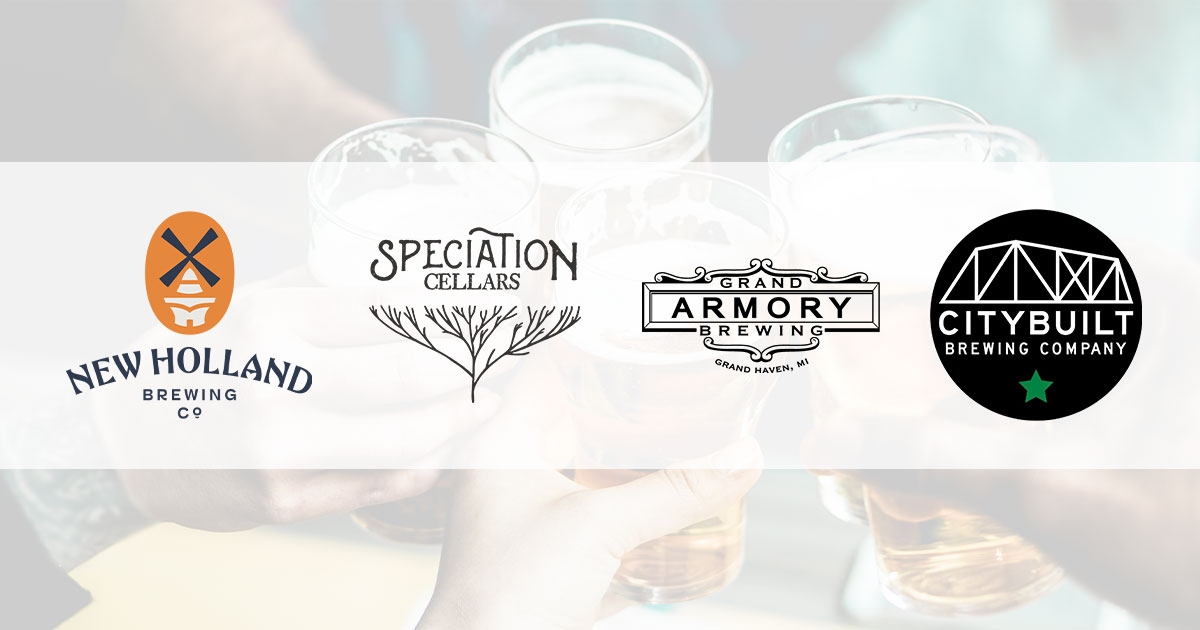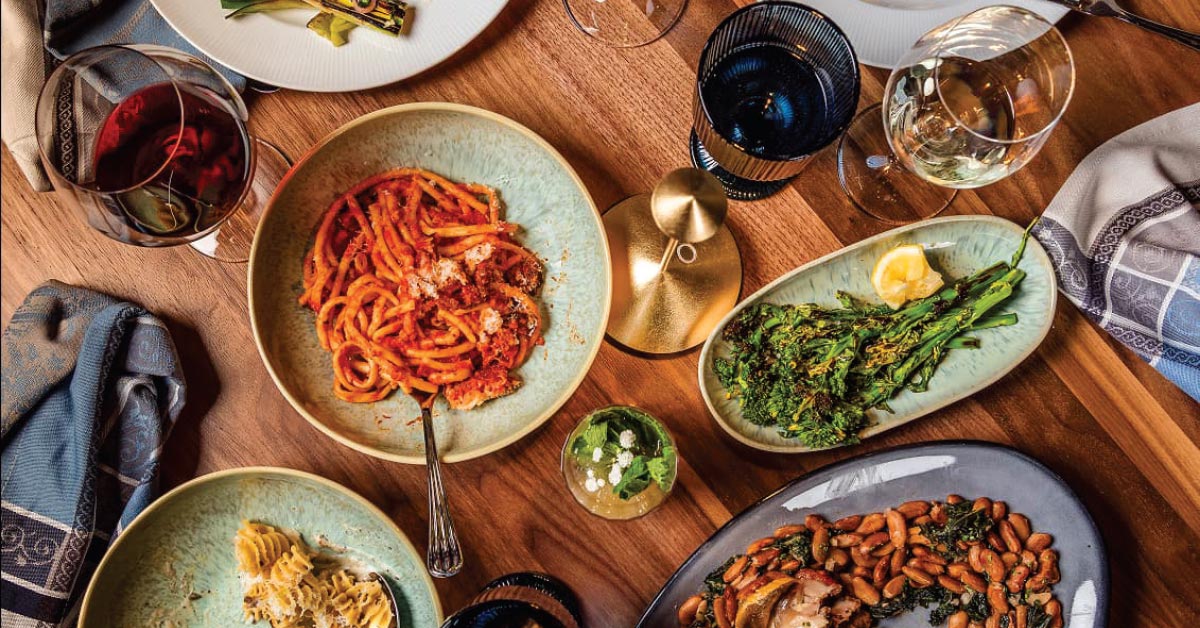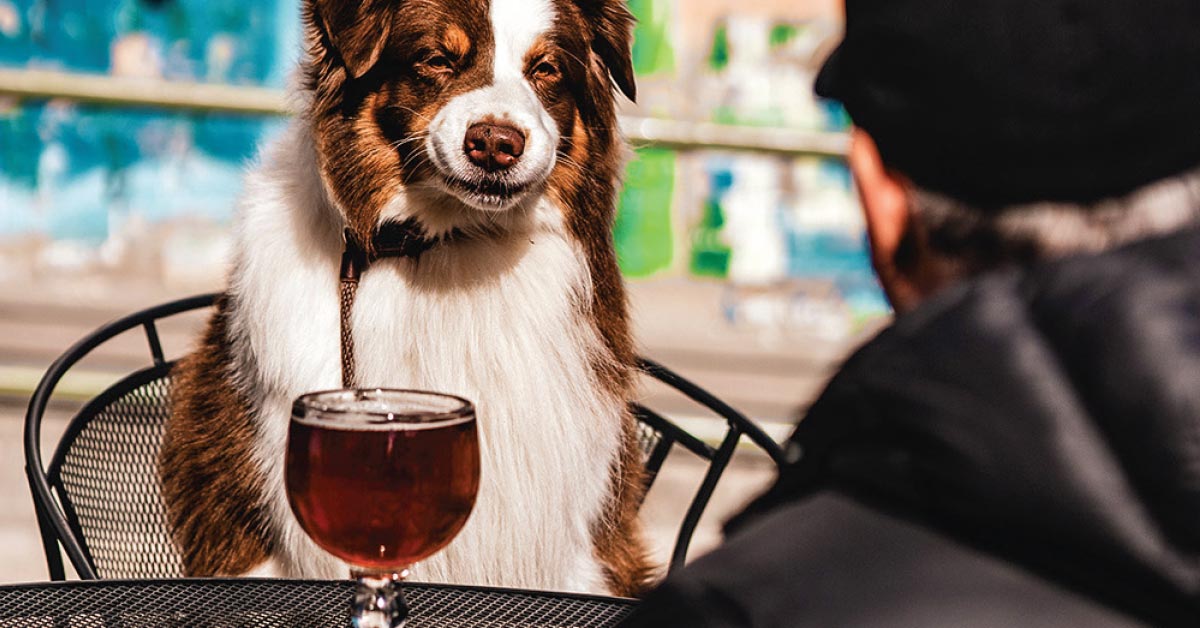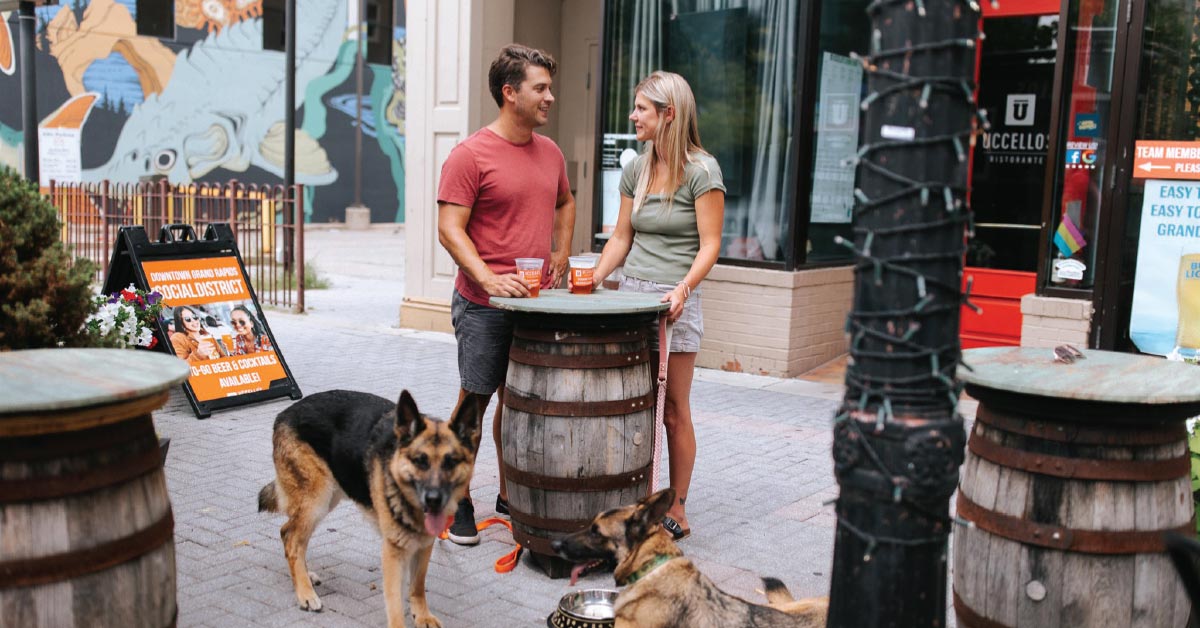Change is brewing in the craft beer world.
Demand for beer has slowed down, thanks to multiple shifts in the culture over the past few years. Breweries are having to think about how to evolve their models and keep up with changing times while still recovering from the devastating financial impact of the pandemic.
To get a bigger picture of what’s happened and what’s coming, we talked to a few West Michigan brewery owners for their experienced insight.
BRETT VANDERKAMP, CEO
NEW HOLLAND BREWING CO.
What are you doing differently from three years ago and how is that impacting your future plans?
We are planning on slower growth and looking at new ways to compete in the broader beverage industry. This is a marked departure from 20 years of growth (2000-2020) where craft beer as a category mostly saw annual growth rates of 5% or more. Instead, we are looking to see the growth in other areas of our business.
Where do you see craft beer heading in the next two years?
Michigan Beer will likely continue to decelerate and see volume losses. This will put pressure on many breweries, which could lead to more closures and significant losses in distribution at retailers. However, the Michigan craft beer has a history of innovation and entrepreneurship. It will be interesting to see what new ideas and products develop from this shift in the market.
What are you excited about in the short term?
We are excited about the continued national distribution growth of our flagship brand, Dragon’s Milk. In addition, Tangerine Space Machine, our fan-favorite Hazy Tangerine IPA, will also start to become available in more stores around the country.
MITCH ERMATINGER, Founder
SPECIATION ARTISAN ALES
What are you doing differently from three years ago?
We are doing nearly everything differently from 3 years ago. Our primary format and source of revenue 3 years ago was selling 750ml and 375ml bottles of premium wood and barrel aged sour beer. Our primary format and source of revenue now is draft beer in the taproom, specifically our Pale Ale and Lager. We still have a large focus on sours and saisons in our packaged offerings, but our best sellers every day are the clean and crispy yellow beers!
Where do you see craft beer heading in the next two years?
I foresee a lot of changes in the coming years, but in some ways it will be a lot of getting back to the basics of what made craft beer fun originally. Right now there’s a lot of shuffling around as bigger breweries are bought, and then flounder under their new ownership. Competition for shelf space is intense and I’ve noticed that it’s again dominated by the big breweries like it was 10 years ago. Almost all breweries are going to struggle to grow because of this. I hope that the safest kind of brewery going forward will be small taproom-based breweries who have cultivated a strong local following in their communities. Craft beer got cool initially because of the culture’s garage band ethos, and it’s safe to say that ethos is out the window for most breweries. Let’s make small breweries great again! Speciation is literally located in a garage, so we fully embrace it.
What are you excited about in the short term?
We like to collaborate with other like-minded local organizations, and that has definitely been where I’ve found the most joy lately. For example, we are currently blending a collab with the GR Trans Foundation, and planning a release party on 11/11 with a Lipstick Jodi DJ set. Organizing events like that is insanely fun, so we have really enjoyed the shift from a production brewery to a taproom-focused brewery. Right now, I’m just stoked about growing a fun community culture and making small batches of fun and unique drinks for people to enjoy at the taproom.
BEN TABOR, Co-Owner
GRAND ARMORY BREWING CO.
What are you doing differently from three years ago?
Grand Armory Brewing has continued to invest in our taproom and production facility over the last three years. In 2020, we saw a large spike in our packaged products, as keg sales were eliminated with the closing of bars and restaurants. To meet this increased demand in package, we doubled the size of our brewhouse from a 7-barrel to a 15-barrel system. Over the following two years, we again increased production, expanding our 8,000-square-foot facility to 16,000 square feet.
Where do you see craft beer heading in the next two years?
Michigan has a very strong craft beer scene with an incredible emphasis on supporting local. I see this trend continuing with breweries focusing on community engagement. Like most breweries, our sales are strongest close to home. Listening to our audience and creating a culture around our brews has be instrumental in growing our brand. Hyper local offerings like our Coastie IPA have brought Grand Haven culture into the craft beer scene and allowed our worlds to collide in the best way possible.
What are you excited about in the short term?
Grand Armory’s newest adventure is into the world of 12 packs and variety packs. We are beyond excited to bring a larger volume package and mixed package of our products to the state of Michigan!
EDWIN COLLAZO, Founder
CITY BUILT BREWING
What are you doing differently from three years ago?
Minding our cash. Minding our labor. Minding our approach to beer in general. Cash flow is tough and we are doing what we can to change the flow of dollars. We went from 56 employees pre-COVID to less than 20 now. We continue to brew beers we are excited about while paying attention to trends in the industry but keeping to our approach of making progressive, clean, and fun beers. We added two 20-bbl lagering tanks in March of 2022 and have kept them full ever since. We have been focusing on our Prague Undergound Czech Pilsner for wholesale distribution throughout Michigan, while keeping our taproom stocked with a variety of other lager options as well.
Where do you see craft beer heading in the next two years?
We see continued shrinkage in the industry, mergers and downsizing. Big breweries are trying to contract brew to utilize the gap between what they used to brew vs. current demand. I think savvy operators will find a way and that will open large opportunities as the industry changes and evolves. I just hope I’m on the list of savvy operators!
What are you excited about in the short term?
The change is creating opportunities to be creative and look at options that create beer sales. We are rethinking many of the ways we approach our tap room and beer sales in general.





